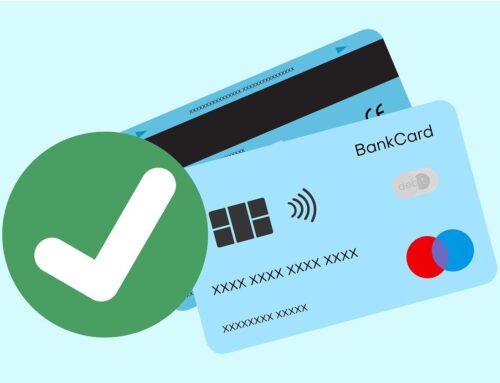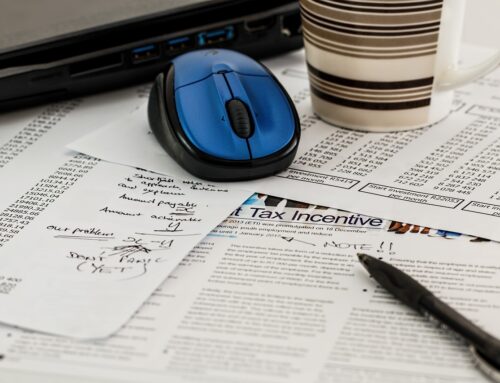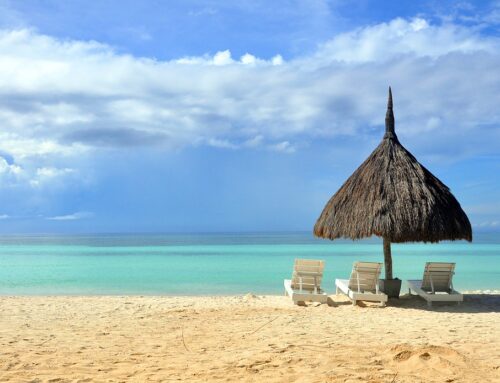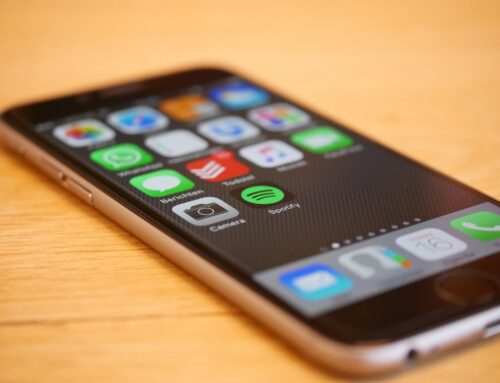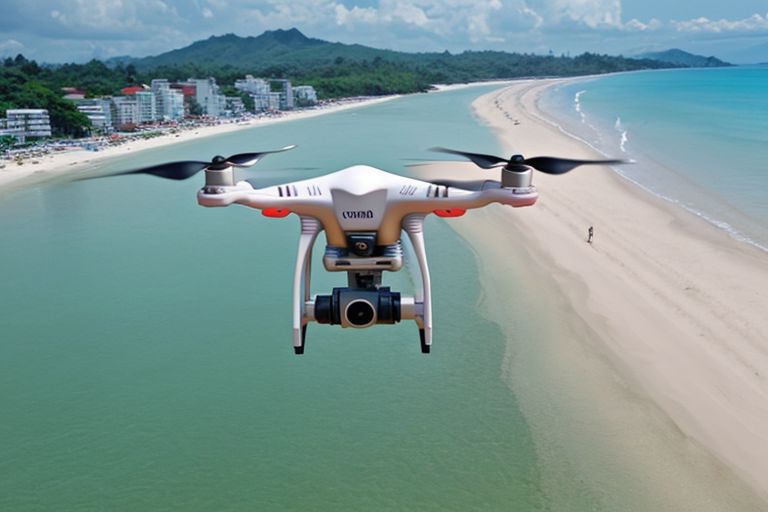
A Guide to Drone Laws in the Philippines
The Philippines is made for drone shots. We’re talking rice terraces that go on forever, secret beaches you can only see from the sky, and cities buzzing with life. But here’s the deal — this place is packed. There are a lot of people down there, so flying safe isn’t just smart, it’s a must. Being a responsible drone pilot means you get the shot without causing problems. And yeah, it keeps the whole drone community looking good too.
Before every flight, give your drone a once-over. Check the battery, look at the propellers, and make sure nothing feels off. A small issue on the ground can turn into a big problem once you’re up in the air.
Pick your flying spot carefully. Stay far from crowds, busy areas, and stuff like power lines or tall trees. The more open the space, the better your flight will go.
Keep an eye on the weather too. Windy, rainy, or foggy conditions are a bad combo with drones. If visibility’s low, it’s best to wait.
Respect people’s space. Don’t fly over someone’s house or yard without asking. Also, don’t freak out wildlife — if you’re near forests, beaches, or nature reserves, steer clear of animal hangouts.
Always be aware of what’s around you. That includes other drones, helicopters, planes, and people on the ground.
If you want to level up your skills, try taking a course or linking up with a local drone group. You’ll learn a lot and avoid rookie mistakes.
Flying Over Someone’s House? Here’s Why That Could Be a Problem
The Philippines is packed with amazing places to film, but even the perfect shot isn’t worth ignoring someone’s privacy. Just because your drone can go anywhere doesn’t mean it should.
Flying over private property without permission is a no-go. That includes backyards, rooftops, or anything clearly tied to someone’s home life. If your camera picks up stuff that wasn’t meant to be seen — like someone hanging out in their yard or inside their home — you’re crossing a line.
Even if the place is visible from a public area, like a beach or road, zooming in or hovering too close still breaks privacy rules. Think about it this way — if someone flew a drone over your place and zoomed in, how would that feel?
The best move is simple. Just ask. If you’re planning to film over someone’s land, talk to the owner first. It shows respect and saves you from potential drama later.
Some Places Deserve Extra Respect — Here’s Where to Be Careful
There are places where privacy matters even more. Think schools, hospitals, or government buildings. Flying over these areas without a really good reason is asking for trouble.
When in doubt, back off. If you’re not sure whether flying in a certain spot is okay, play it safe. A quick chat with locals can also help — they usually know what’s off-limits and what’s cool.
Stick to wide-open public spots. The Philippines has no shortage of gorgeous coastlines, parks, mountains, and city views that don’t come with privacy risks. You’ll get better footage and less stress.

